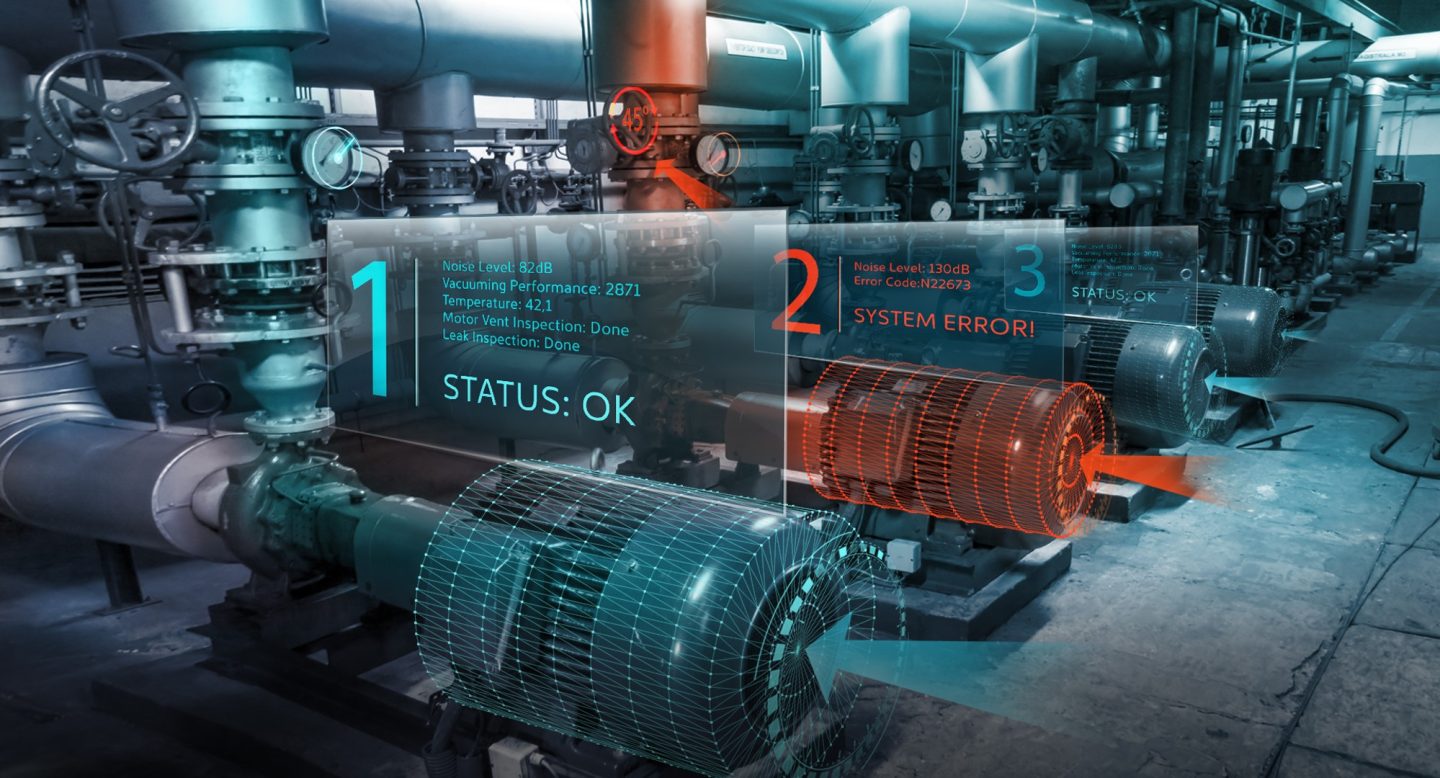Empower your field service with IoT and AR
Augmented Reality (AR) combined with the Internet of Things (IoT) could keep your remote assets running smoothly – with no unpredicted outages.

Imagine you are a water utility with thousands of miles of pipeline delivering water to customers. If a leak occurred in a remote place it could be days before it is detected, and it could take days more before you could get an engineer out to fix it. Millions of gallons of water could be lost – a waste of resources and money.
But keeping an eye on these assets – whether they are pipes or machines – from afar is a challenge. Maintenance, repair and overhaul (MRO) of assets in the field is a costly and time-consuming affair. You have to go through your field service force, which often means searching for traces in “cable jungles,” or doing diagnostic checks with various heavy “mobile” instruments.
When thinking about making MRO as efficient as possible, there are two crucial questions to be answered:
- When is the right time to conduct MRO jobs?
You can get continuous understanding of the condition of your assets if they are connected with sensors, which you can manage using a device management platform. By using streaming analytics, you can apply simple – or complex – rules and create alerts that tell you when something is amiss, also telling you whether you need to interact with it physically. You can integrate alerts with a helpdesk system or just forward them via e-mails or push notifications.
- How do you conduct the MRO job most efficiently?
Once your field technician is assigned a ticket or has received an e-mail or push notification, then what does he/she do? The goal is to fix the problem with the least amount of effort. This is where AR comes in. No matter what the experience or skillset of your field technician, using AR through a tablet (or smart glasses), he can be guided through the steps to bring your assets back into the desired condition. Then he can feed back relevant steps and issues to the helpdesk if necessary.
What if you could do both things – manage remote assets in a timely and efficient manner?
- You could find the optimal point of time for performing MRO jobs – preventing breakdowns and stretching your maintenance cycles to a maximum.
- You could reduce human error, even when using non-experts in in the field, thanks to interactive AR guides, enriched with real-time IoT information.
- You could optimize your field service processes as well as the products themselves through gathering and analyzing feedback from the field. This also could be a crucial step towards Equipment-as-a-Service business models.
Studies show that by using IoT and AR you can you improve the first-time fix rates of your machine engineers by 20% – and train your field engineers in 35% less time than by using traditional documentation.
IoT meets AR and iPaaS
This is exactly what a new solution from Cumulocity IoT, webmethods.io and REFLEKT One will enable you to do. Streaming analytics in Cumulocity IoT provide the tool for triggering the MRO job. The REFLEKT One Viewer allows you to augment a physical asset with 3D visualizations from your CAD data in precise overlays, to guide your workers through immersive step-by-step guides.
Along with this they will be able to seamlessly consume live data from Cumulocity IoT, giving them an idea of the asset´s current inner condition or health, indicating the impact of the work immediately. Anomalies or other feedback can be put in by the worker directly within the Reflekt One Viewer app.
Storing feedback and experiences so that you can reuse the valuable information is made easy by integrating it back to your helpdesk system, or any other IT service, using webmethods.io.
Click below to continue your discussion with us in how to improve your MRO using IoT and AR.